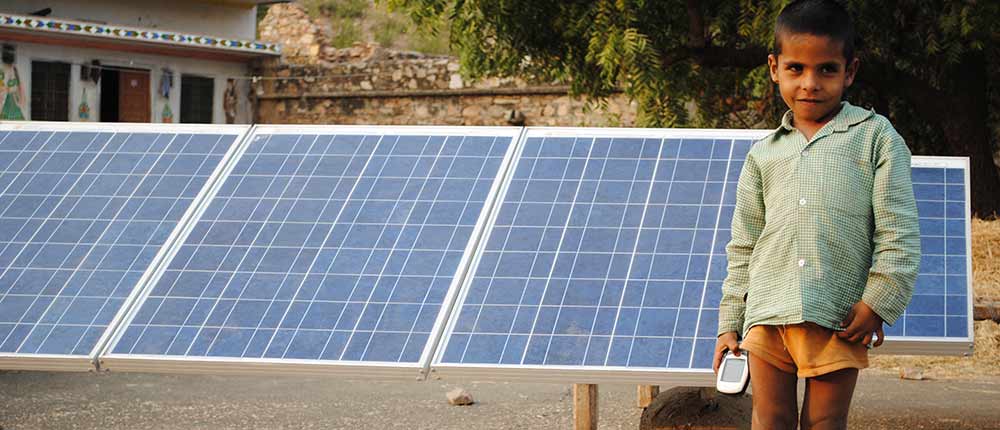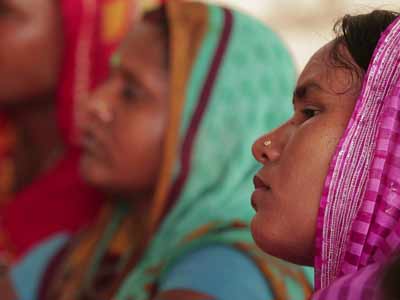Kerosene to solar PV subsidy swap: The business case for redirecting subsidy expenditure from kerosene to off-grid solar
An exploration of the idea of gradually moving from subsidies on kerosene to investing in off-grid solar technologies for marginalised households

A report by The Energy and Resources Institute (TERI), the International Institute for Sustainable Development (IISD) and Global Subsidies Initiative (GSI), titled ‘Kerosene to solar PV subsidy swap: The business case for redirecting subsidy expenditure from kerosene to off-grid solar’, was released on August 21 at the World Renewable Energy Technology Congress in New Delhi. It examines the idea of a 'kerosene to solar subsidy swap' and makes a case for reform in kerosene subsidy to improve clean energy access in marginalised households with the help of off-grid solar.
It reviews the extent to which pico solar PV products are available in the market to replace kerosene for lighting, and examines how the present business models and market structure for suppliers of such products could enable a subsidy swap.
The authors have also analysed household usage patterns for subsidised kerosene in Uttar Pradesh and Odisha to determine the feasibility of replacing kerosene lamps with solar lighting systems. The report also reviews the suitability of these two states to host a subsidy swap pilot study, assessing the real world impact of increased adoption of solar energy and a reduction in kerosene consumption.
See full report here


